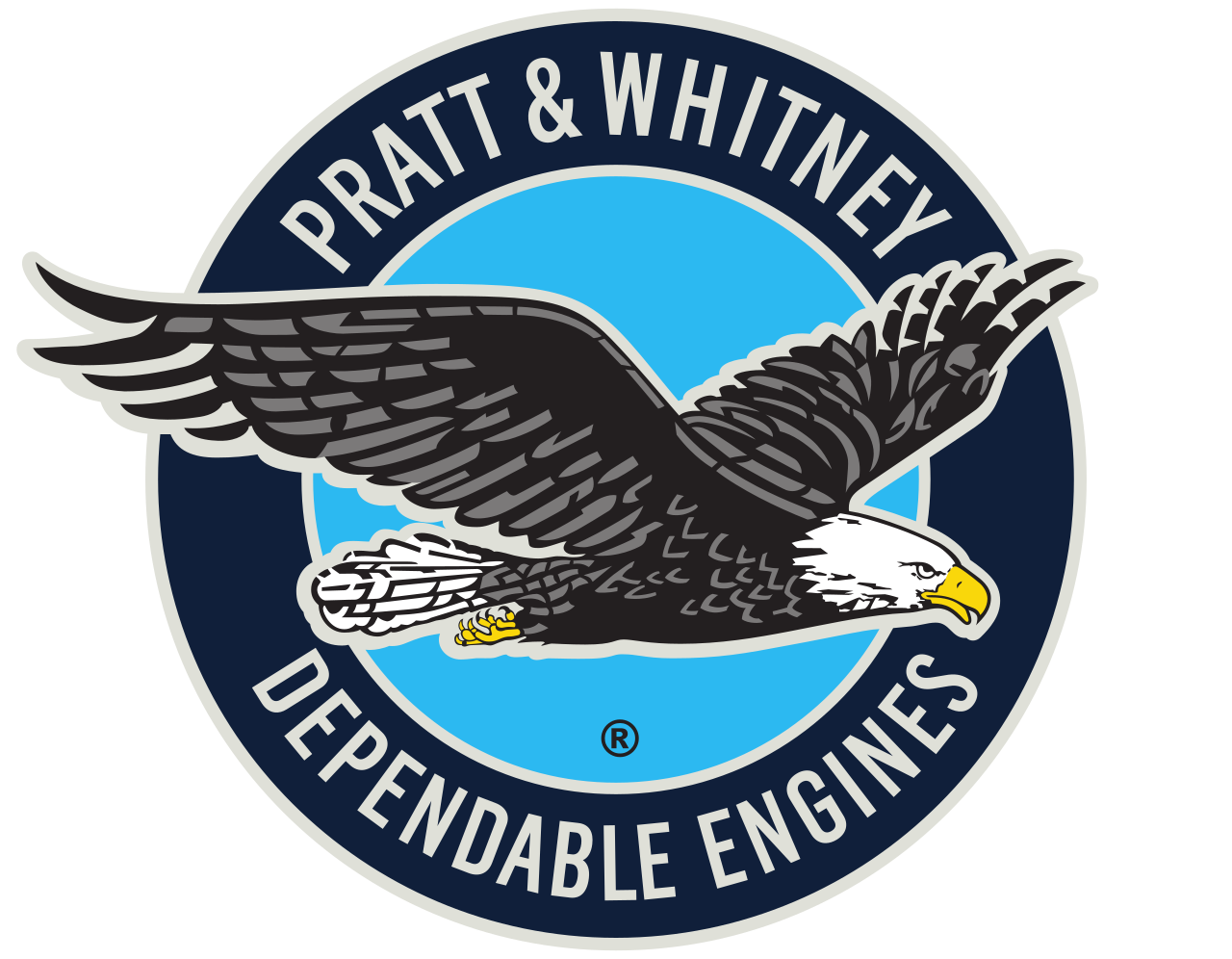

This video contains proprietary information and cannot be shared publicly at this time.
Figure 1

Figure 2

Team 43
Team Members |
Faculty Advisor |
Simon Felicione |
Vito Moreno Sponsor Pratt & Whitney |
sponsored by

Predicting Fracture in Aerospace Components
Pratt & Whitney is a multinational company which designs, manufactures, and repairs jet engines for both military and commercial aircraft. As part of this process, it is necessary to test engines and their components rigorously to ensure aircraft safety under expected operating conditions and high stress states such as bird ingestion or fan blades detaching. This physical testing is costly and takes months to organize and execute, which is why computational simulations are an essential tool which must accurately predict the structural behavior of the parts before and alongside an engine test. This project examines two different methods of computational analysis for determining fracture, one from the FAA and the other from MIT. The FAA method is robust and uses up to 18 different specimen geometries to generate hundreds of simulations. The MIT method uses fewer specimens and thus would require fewer simulations in order to create the required fracture surfaces. The goal of the project is to generate technical data to determine whether the MIT method is reasonably accurate compared to the FAA method and can be considered for use under limited circumstances. Team ME43 uses LS-Dyna & LS PrePost software to conduct a computational stress analysis of the FAA’s Plane Stress, Plane Strain, Axisymmetric, and Static Punch specimen geometries with MAT224 material. The team gathers the Lode angle, stress triaxiality, and effective plastic strain at the time of fracture in each specimen to create a three-dimensional fracture surface. The team then uses the MIT equation to generate the plastic strain based on the Lode angle & stress triaxiality from the FAA specimens and create a different fracture surface. The MIT generated fracture surface is qualitatively and quantitatively compared to the FAA fracture surface to determine whether the fracture prediction is satisfactorily accurate.
